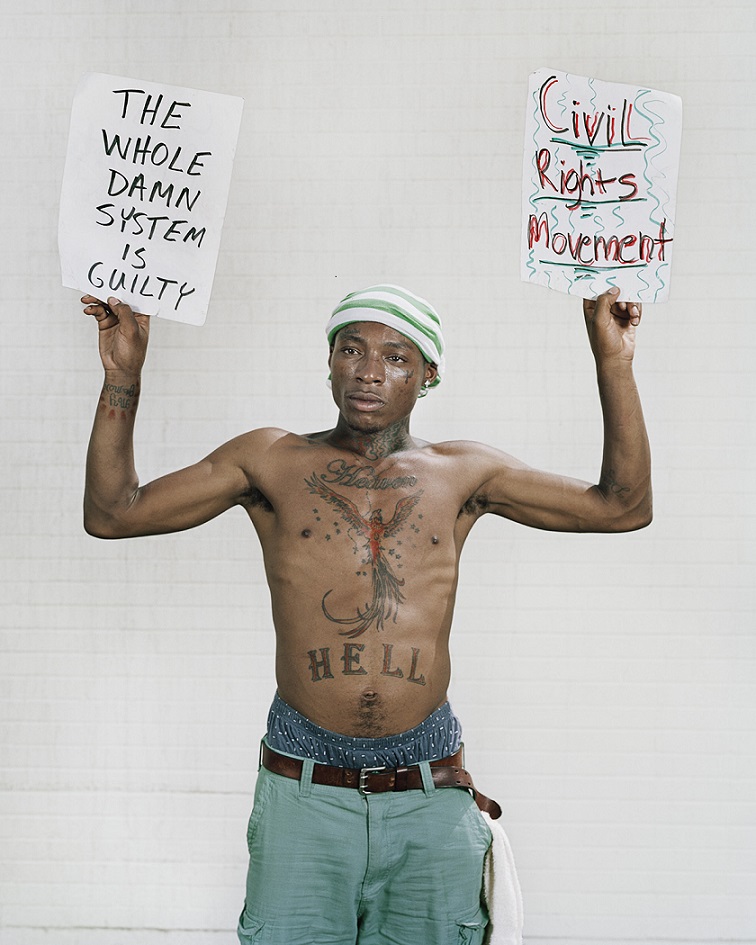The lynching of Black Americans that claimed the lives of thousands of known victims bears testimony to the hideous depths of racism.

Sean Sheehan
The castration, burning or other mutilations that could preface an actual lynching point to some fear of Black sexuality in the psyche of those who conducted and attended these acts. Photographs taken by participants were turned into souvenir postcards.
“The good citizen” does not reproduce any of these images but it does use the power of documentary photography to look at and ask questions about the state of contemporary America.
Five chapters structure the book and most pages are devoted to single photographs, the majority accompanied by explanatory text on the facing page.
The first chapter spans the arc of violence from lynchings in the southern states to George Floyd’s death. Floyd was not the first and will not be the last Black person to be murdered by the police.
One of the photos is of a man with his hands up, not in surrender but protest at the killing of Michael Brown in Ferguson, Missouri. The next chapter looks at acts of exclusion against Asian Americans and the prison (‘internment’) camps that housed Japanese Americans, two thirds of whom were native born United States citizens, on the basis that they might be loyal to the Japanese Empire.

The Archetype chapter considers the way photographs can be used to stereotype individuals as belonging to certain ethnographic types.
The Nazis deployed images in this way to further their ideology of white ethnic ascendancy and, when Obama became President, photos of him were allegedly darkened by some in the media to provoke anxieties among non-black citizens.
The first Miss America beauty contest was held in 1921, restricted to entrants “of good health and of the white race”, and the Beauty and Whiteness chapter looks at racially-based attitudes towards skin colour.
The final essay notes 1994 as the year when the category of the ‘illegal immigrant’ was born and between then and 2005 the number of border-crossing deaths in the USA has more than doubled and Benjamin Rasmussen’s photos show abandoned water jugs carried by those setting out to cross what is the hottest desert in Mexico and the USA.

There are also two photographs of shelves of files at Pine County Morgue, Tucson, Arizona.
Each file records the unidentified remains of 1,192 people who died in the Sonoran Desert while attempting to cross the border from Mexico.
It is not obvious if authorities in the UK keep similar files or whether any official count is kept of the number of people who have died trying to reach Britain in dinghies from France. Free Movement estimated in 2020 that at least 300 have died since 1999.
Ethnic nationalism – assiduously appealed to in the new Asylum Bill in the UK, lies at the roots of what “The good citizen” records in photographs.
“The good citizen”, by Benjamin Rasmussen (photographs) and Frank H. Wu (essays) is published by Gost.
(Photos supplied by the publishers and authorised for publication))












.jpg)












